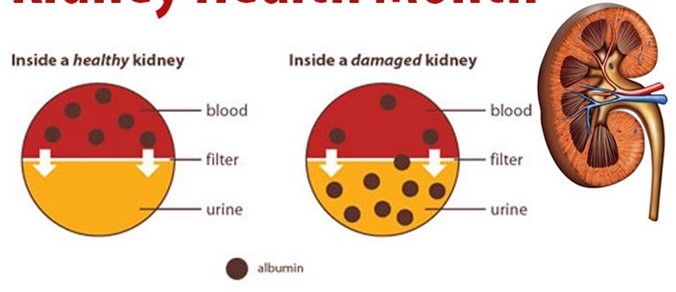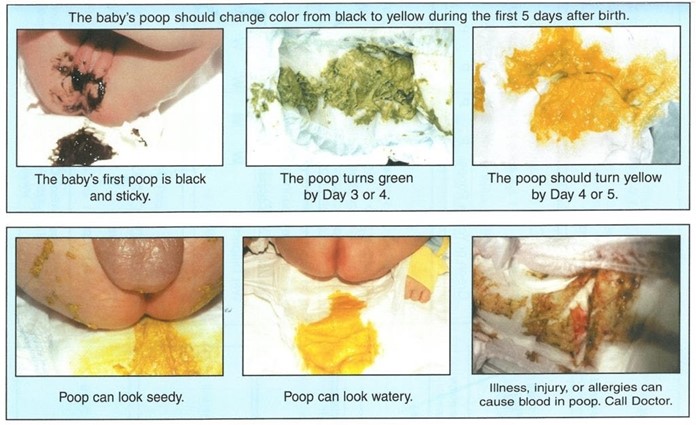The practical nurse (PN) is caring for a toddler during a follow-up visit after corticosteroid treatment for minimal change nephrotic syndrome (MCNS). Which finding should the PN recognize as an early sign of relapse?
Increased thirst.
Tachypnea.
Albuminuria.
Rounded face.
The Correct Answer is C
Albuminuria, or the presence of albumin in the urine, is an early sign of relapse in a toddler with minimal change nephrotic syndrome (MCNS) who has been treated with corticosteroids. MCNS is a kidney disorder that can cause the body to excrete too much protein in the urine, leading to albuminuria. The practical nurse should recognize this finding as an early sign of relapse and take appropriate action to manage the child's condition.
The other answers are incorrect because they are not directly related to the early signs of relapse in a toddler with minimal change nephrotic syndrome (MCNS) who has been treated with corticosteroids.
- Increased thirst is not a known early sign of relapse in MCNS.
- Tachypnea, or rapid breathing, is not a known early sign of relapse in MCNS.
- A rounded face can be a side effect of corticosteroid treatment, but it is not an early sign of relapse in MCNS.

Nursing Test Bank
Naxlex Comprehensive Predictor Exams
Related Questions
Correct Answer is C
Explanation
Passage of meconium stool is a normal and expected event in the first 24-48 hours of life. The absence of meconium stool can be indicative of bowel obstruction or other underlying medical conditions, and requires further investigation and evaluation by the healthcare team. The other options are important pieces of information, but they do not carry the same level of urgency as the absence of meconium stool.

Correct Answer is B
Explanation
If the client in active labor expresses a desire to empty her bladder and her vaginal exam is unchanged, the practical nurse (PN) should assist her up to the bathroom. An empty bladder can help facilitate labor progress.
Reviewing the fetal heart rate pattern (A) is important, but it is not the most appropriate action in response to the client's request to empty her bladder. Checking the perineum for changes in "show" or discharge (C) is also important, but it is not the most appropriate action in this situation. Obtaining a straight catheter kit to empty the client's bladder (D) may be necessary if she is unable to empty her bladder on her own, but assisting her up to the bathroom should be attempted first.
Whether you are a student looking to ace your exams or a practicing nurse seeking to enhance your expertise , our nursing education contents will empower you with the confidence and competence to make a difference in the lives of patients and become a respected leader in the healthcare field.
Visit Naxlex, invest in your future and unlock endless possibilities with our unparalleled nursing education contents today
Report Wrong Answer on the Current Question
Do you disagree with the answer? If yes, what is your expected answer? Explain.
Kindly be descriptive with the issue you are facing.
